14 Epic ’70s Concerts That Changed Music Forever
Before streaming and algorithm-driven discovery, there was the sheer electricity of a live show to shift culture. The 1970s saw concerts turn into landmarks for fans and for music itself. Artists experimented with stagecraft, sound, and scale, altering how concerts were planned, filmed, and remembered.
These shows left behind new expectations, bigger risks, and moments no one else could replicate.
The Who – University of Leeds Refectory, England – February 14, 1970
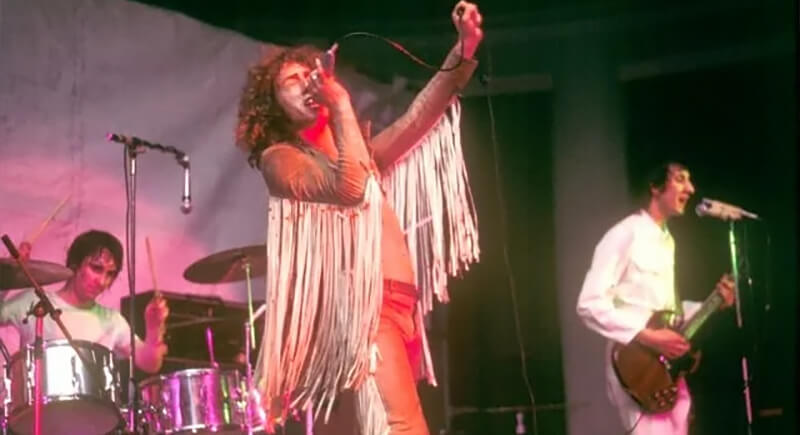
Credit: Reddit
In search of a clean live recording, The Who scrapped earlier tour tapes and recorded this concert. The setup was minimal, with no crowd mics and a tight setlist focused on earlier singles. Live at Leeds became a respected live rock album that influenced how later bands approached recording live performances.
David Bowie – Hammersmith Odeon, London – July 3, 1973
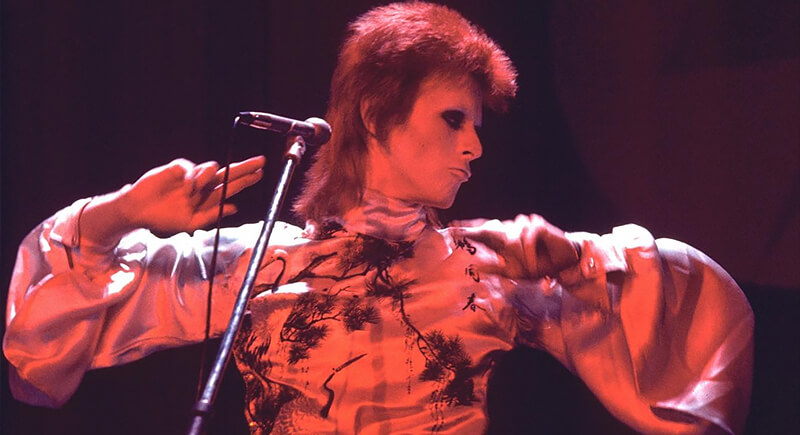
Credit: Facebook
The event marked the end of Bowie’s Ziggy Stardust persona. Without advance notice, he told the audience it was the final performance. Many thought he was quitting music entirely. Instead, it was a deliberate break from one of rock’s most iconic characters.
Led Zeppelin – Madison Square Garden, New York – July 1973
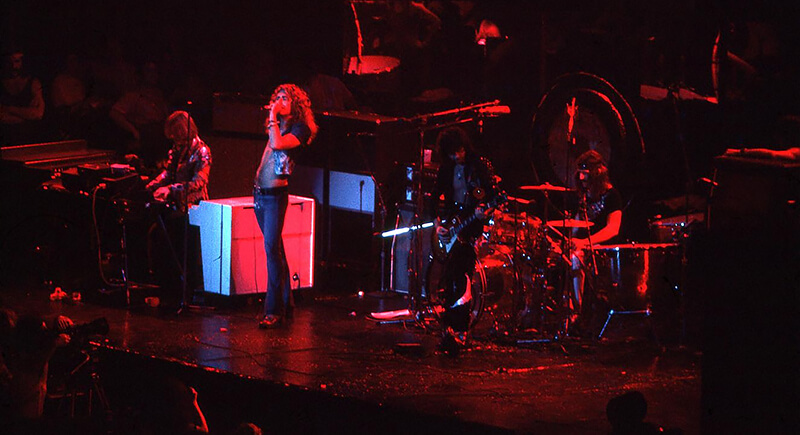
Credit: Reddit
Before this concert run, Zeppelin had already redefined what a rock band could look like at scale. By 1973, they had released five albums, each pushing blues-rock toward heavier, more experimental territory. Their New York shows, captured in The Song Remains the Same, showed the high-stakes nature of their live reputation.
Pink Floyd – Amphitheatre of Pompeii, Italy – October 1971

Credit: Reddit
Without an audience, Pink Floyd performed inside the ruins of Pompeii. The film emphasized setting and sound by presenting the band in an experimental format. The extended instrumentals and sparse visuals portrayed the group’s interest in ambient and space-driven music.
Allman Brothers Band – Fillmore East, New York – March 1971
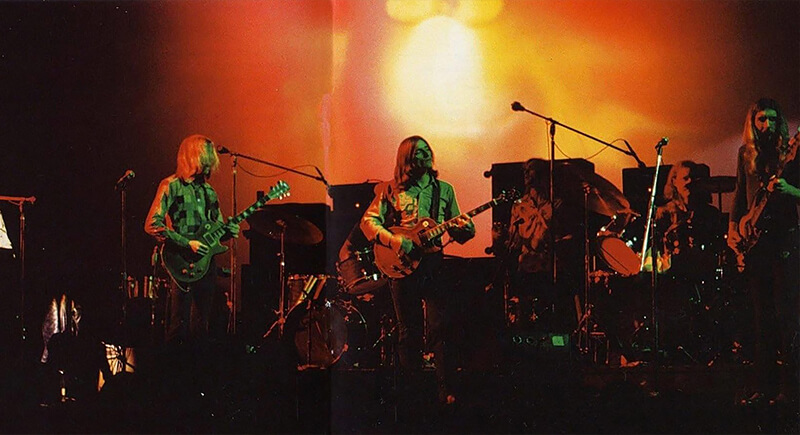
Credit: Reddit
By 1971, the Allman Brothers had earned a following, but At Fillmore East is what placed them permanently in the conversation. Duane Allman’s guitar work, especially on “Whipping Post” and “In Memory of Elizabeth Reed,” was central to the band’s identity. Meanwhile, the rest of the band left room for the music to evolve naturally without forcing transitions.
Queen – Hammersmith Odeon, London – December 24, 1975
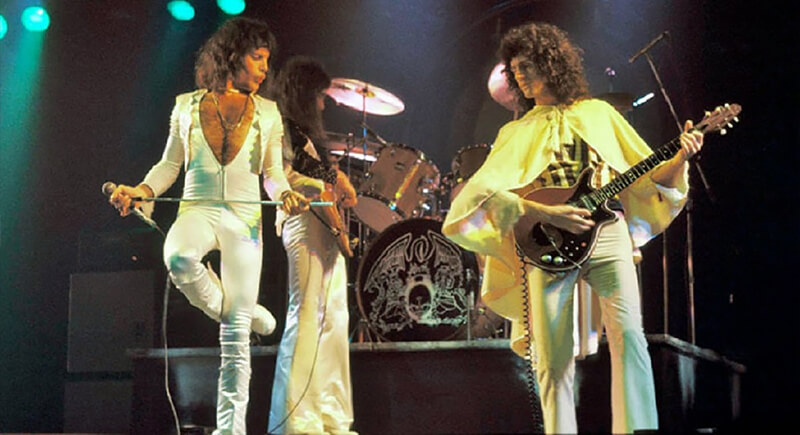
Credit: Facebook
Queen’s rise was carefully orchestrated but powered by their ability to deliver live. Around the time this televised concert aired, they had already moved beyond “Killer Queen” and were heading toward more complex arrangements. Freddie Mercury’s control over both voice and stage was undeniable.
Grateful Dead – Watkins Glen, New York – July 28, 1973

Credit: Reddit
Drawing an audience of over 600,000, this event became one of the largest concert gatherings. The Grateful Dead’s approach remained unchanged despite the scale: greater improvisation, fluid transitions, and a lack of scripted structure. The performance proved that large-scale concerts didn’t require polished delivery to maintain engagement.
The Rolling Stones – Madison Square Garden, New York – July 26, 1972
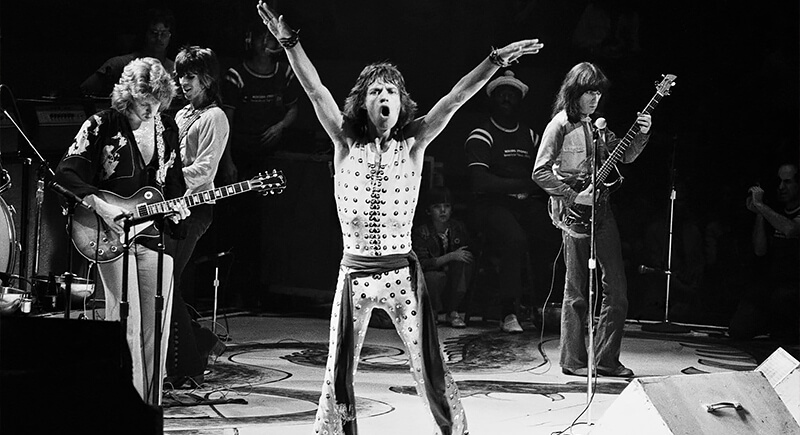
Credit: Facebook
The Stones had entered a new phase with Exile on Main St., and this tour showed that shift. Their MSG set, which landed on Jagger’s birthday, combined grit with sharp delivery. The guitars—Richards and Taylor—were the anchor. Songs like “Tumbling Dice” and “Happy” hit harder live. The group’s control didn’t waver even with confetti and cake flying.
Grateful Dead – Veneta, Oregon – August 27, 1972
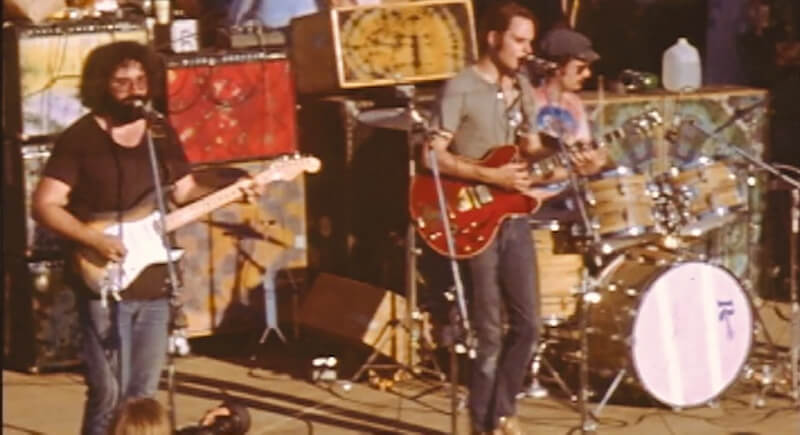
Credit: Reddit
Later released as Sunshine Daydream, this outdoor show was recorded during high summer heat. The Dead maintained consistency through three extended sets, featuring material spanning their early folk-rock period. This show is often recommended to newcomers because it shows the band in its element: less structured, but highly attentive to musical interplay.
Van Morrison – Rainbow Theatre, London – July 24, 1973
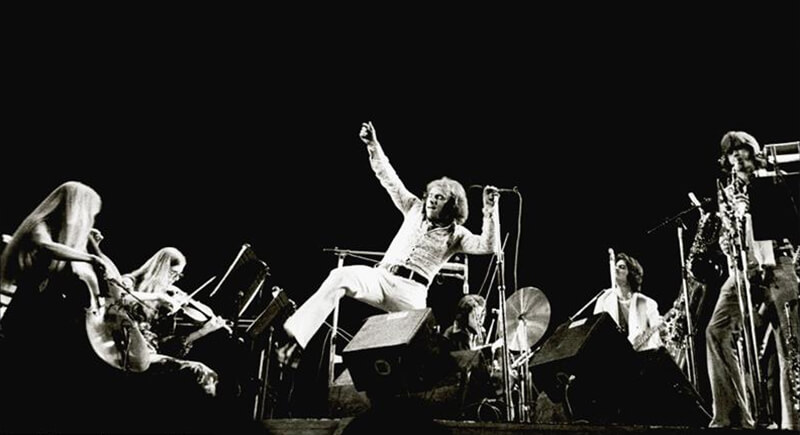
Credit: Facebook
Prior to 1973, Van Morrison’s career had already moved through garage rock, jazz, and folk. With the Caledonia Soul Orchestra, he built an elaborate live sound. The concert drew from Moondance and Saint Dominic’s Preview, but “Cyprus Avenue” defined the night. The Rainbow performance captured a version of Morrison that balanced emotional improvisation with technical discipline.
Neil Young – The Bottom Line, New York – May 16, 1974

Credit: Reddit
Young’s appearance was unannounced, and most of the material was unreleased then. The performance offered insight into upcoming albums and songwriting themes. While not recorded officially, it became widely circulated through bootlegs and is frequently cited as a revealing moment in his solo career.
Bruce Springsteen – Capitol Theatre, New Jersey – September 19, 1978
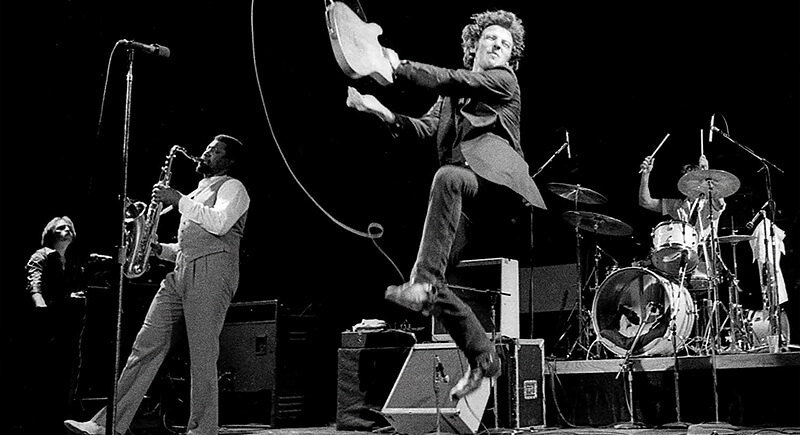
Credit: Facebook
Broadcast across multiple radio stations, this concert documented Springsteen’s Darkness on the Edge of Town tour with particular clarity. “Prove It All Night” featured a long instrumental introduction demonstrating the E Street Band’s control over pacing and intensity.
Ramones – Rainbow Theatre, London – December 31, 1977
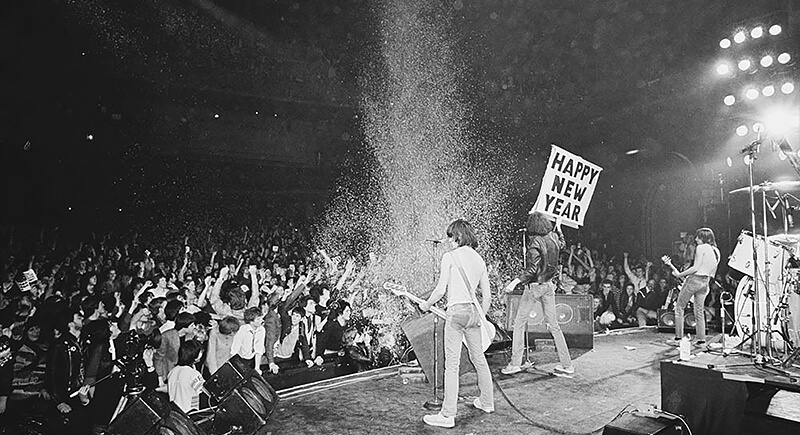
Credit: Reddit
The Ramones’ set consisted of short, fast-paced songs delivered without interruption. Songs like “Blitzkrieg Bop” and “I Wanna Be Well” landed in under two minutes, one after the other. And this Rainbow Theatre show was later released as It’s Alive, and the recording remains a high-speed record of the band’s most effective live format.
Little Feat – Rainbow Theatre, London – August 2, 1977
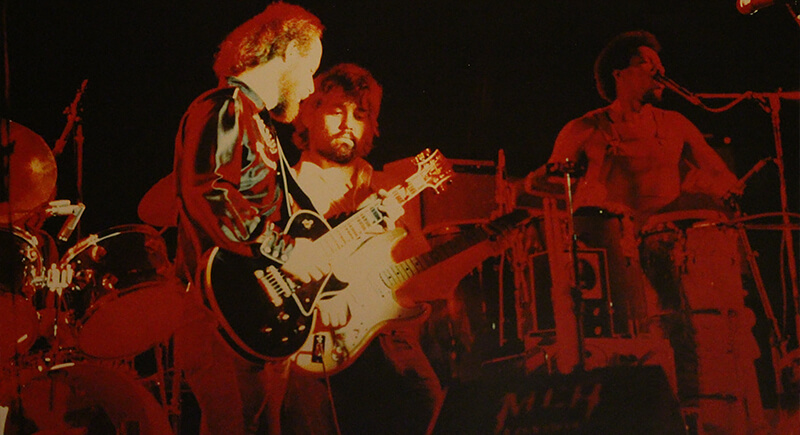
Credit: IMDb
Little Feat always existed somewhere between genres—blues, funk, country—and they rarely played the same song the same way twice. With Mick Taylor guesting and Tower of Power horns in the mix, “Dixie Chicken” and “Fat Man in the Bathtub” became open jam sessions.
Bob Dylan – Hughes Stadium, Colorado – May 23, 1976

Credit: Reddit
The Rolling Thunder Revue allowed him to reinterpret songs with a looser, more ragged style. At this Colorado show, later used for Hard Rain, “Idiot Wind” carried greater edge than its studio version. The sound was rough, and Bob Dylan embraced the change.